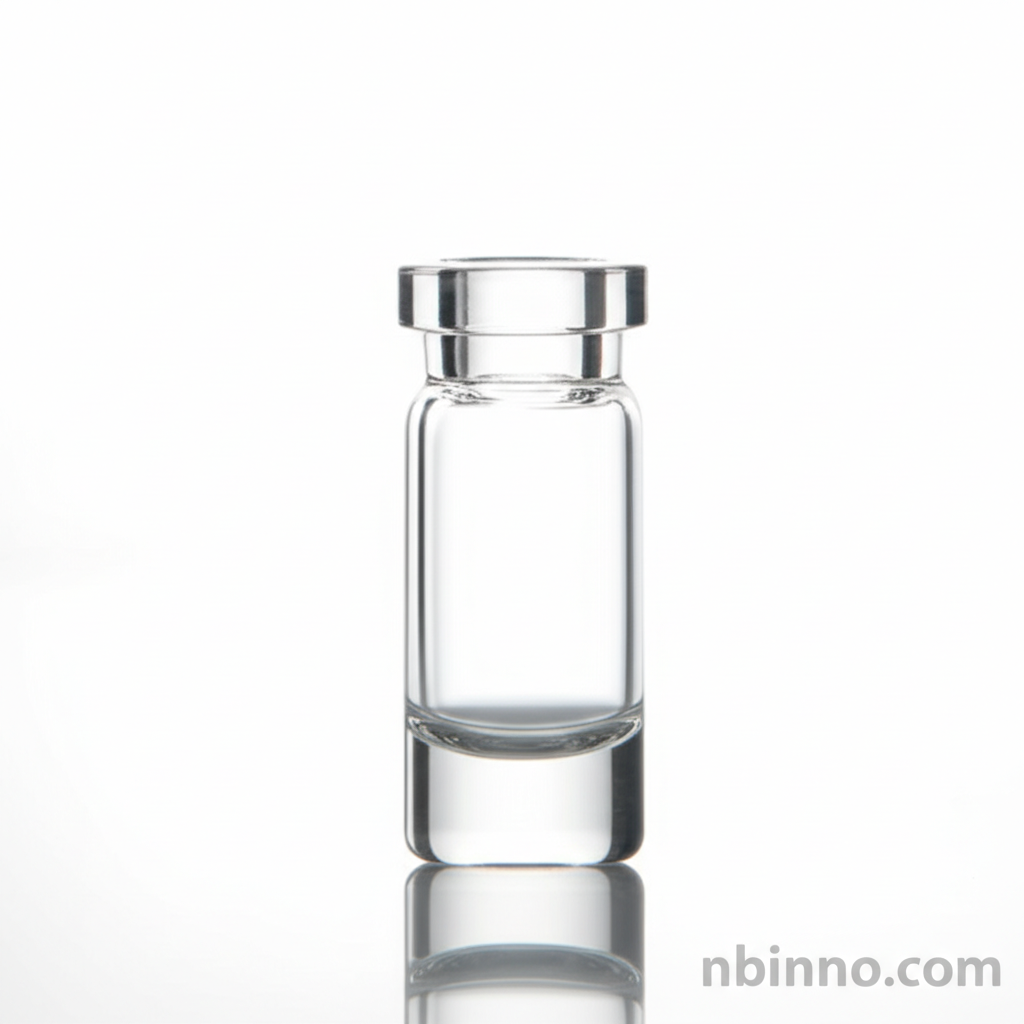11-Bromoundecyltriethoxysilane: Versatile Silane for Advanced Surface Modification
Unlock superior surface properties with our bifunctional organosilane, bridging organic reactivity and inorganic adhesion.
Get a Quote & SampleProduct Core Value

11-Bromoundecyltriethoxysilane
As a bifunctional organosilane, 11-bromoundecyltriethoxysilane (CAS: 17947-99-8) is a cornerstone in advanced materials science. It effectively bridges organic and inorganic interfaces, providing a reactive bromine terminus for diverse chemical transformations and a trimethoxysilane group for robust surface anchoring to hydroxylated substrates like glass, silicon, and metals. This dual capability makes it indispensable for creating self-assembled monolayers (SAMs), enhancing adhesion in coatings, and facilitating biofunctionalization.
- Explore the bifunctional silane coupling agent capabilities for enhanced material performance. It offers a unique combination of a reactive bromine atom and a hydrolyzable trimethoxysilane group, allowing for precise control over surface properties.
- Learn about the synthesis of 11-bromoundecyltriethoxysilane, a key process for obtaining this vital material. Various methods, including silanization of 11-bromoundecanol, ensure high purity and yield for demanding applications.
- Discover the diverse organosilane surface modification techniques utilizing this compound. Its ability to form stable bonds with various substrates makes it ideal for creating functionalized surfaces in electronics, biomedical devices, and coatings.
- Investigate its role in brominated silanes for SAMs, creating well-ordered molecular layers. The terminal bromine atom can be further functionalized, allowing for subsequent 'click' chemistry reactions to immobilize biomolecules or dyes.
Key Advantages
Versatile Bifunctionality
The presence of both a reactive bromine atom and a trimethoxysilane group allows for dual reactivity, enabling complex surface functionalization strategies and the creation of advanced organic-inorganic hybrid materials.
Enhanced Surface Adhesion
Its trimethoxysilane group readily hydrolyzes to form stable siloxane bonds with hydroxylated surfaces, significantly improving adhesion in coatings, composites, and for the functionalization of nanoparticles.
Reactive Handle for Click Chemistry
The terminal bromine atom serves as an excellent site for nucleophilic substitution, readily undergoing reactions like azide displacement to create reactive azide-terminated surfaces, ideal for subsequent copper-catalyzed or strain-promoted azide-alkyne cycloaddition ('click' chemistry).
Key Applications
Self-Assembled Monolayers (SAMs)
Formation of well-ordered molecular layers on surfaces for precise control over surface properties, crucial in biosensors, electronics, and nanotechnology.
Surface Engineering
Modification of glass, silicon, and metal surfaces to enhance hydrophobicity, adhesion, and introduce specific chemical functionalities for diverse industrial uses.
Biofunctionalization
Covalent attachment of biomolecules, dyes, or drug carriers to surfaces, enabling targeted therapies, advanced diagnostics, and biocompatible medical devices.
Coatings and Composites
Use as a coupling agent to improve interfacial adhesion between organic polymers and inorganic fillers, enhancing the mechanical and thermal properties of materials.
